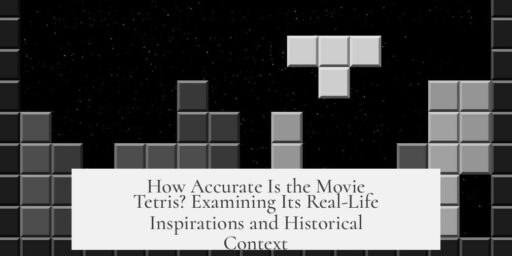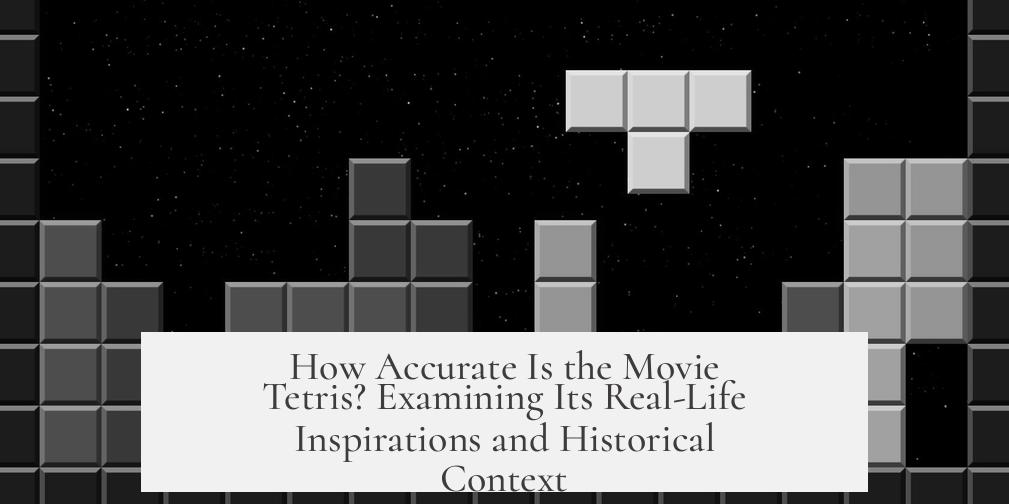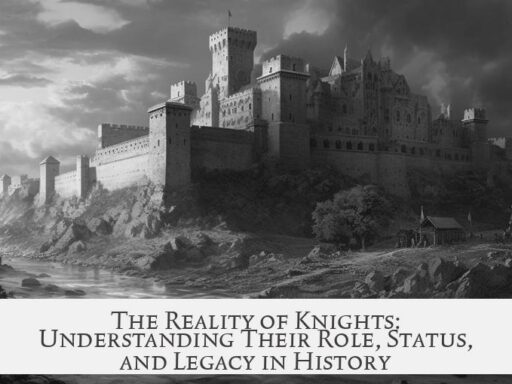The movie “TETRIS” captures the broad strokes of the game’s origin and licensing battles but exaggerates key events and misrepresents important details. The core story about Alexey Pajitnov’s creation of Tetris and the complex negotiations around its rights is real, yet the film inflates drama, invents scenes, and distorts historical facts, especially regarding legal details, personalities, and the Soviet context.
The film relies on three main sources for its historical background: David Sheff’s book Game Over, the BBC documentary Tetris: From Russia with Love, and Dan Ackerman’s The Tetris Effect. These sources drew from court documents and firsthand interviews with actors involved in the story. The documented record reveals a nuanced narrative, contrasting sharply with the dramatized, oversimplified story the movie tells.
Alexey Pajitnov created Tetris while working on the Elektronika-60 computer. Inspired by a puzzle using pentomino shapes, he modified it to tetrominos—four-block shapes—due to screen limitations. To keep the challenge, he added a real-time falling mechanic that required players to fit pieces efficiently as they stacked. Contrary to the film’s claim that Henk Rogers suggested the line-clearing mechanic, this feature was part of the original game from the start. The name “Tetris” combines “tetrominos” and “tennis,” the latter reflecting Pajitnov’s personal liking for the sport.
The heart of Tetris’s story lies in its complicated licensing and rights negotiations. Robert Stein, a key figure, failed to secure explicit, binding rights from the Soviet Academy of Sciences, which led to differing interpretations later on. Stein licensed the game to Mirrorsoft, whose broad reading of the rights included all computer platforms and even consoles. This misinterpretation sparked disputes.
When Electronorgtechnica (ELORG), the Soviet agency managing software exports, took charge, they restructured the rights, resolving conflicts just before the Game Boy’s release. This negotiation was primarily a business matter without covert drama. Nintendo representatives did visit Moscow, but only after the critical deals had been made. The movie falsely adds car chases and secret spy maneuvers.
One of the film’s biggest inaccuracies is its portrayal of KGB involvement. The Soviet secret police were not monitoring negotiations or manipulating outcomes during the deal-making. KGB interference only surfaced later after Robert Maxwell raised questions, and no evidence exists to support the film’s portrayal of espionage or betrayal. Rogers’s translator was not a double agent, nor was there physical altercation with Soviet agents.
Many small but telling errors pepper the film. Rogers did not have a U.S. booth at the Consumer Electronics Show under the banner shown since his company Bullet Proof Software operated mainly in Japan. He is inaccurately portrayed as a programmer, although he was a game producer and negotiator. Atari Games’ role is largely ignored in the movie, despite its significance as a competitor. The film also presents the Soviet Union of the late 1980s as bleak and hostile, whereas reality was more complex and less propagandistic.
The film’s tone leans heavily into clichés of American Cold War propaganda, exaggerating tensions and simplifying characters. In reality, Pajitnov and Rogers formed a genuine friendship and business partnership over the years. ELORG’s betting on Rogers for licensing rights was purely practical. Mirrorsoft’s financial collapse was due to internal misconduct, not high-stakes espionage or political intrigue.
- Movie accurately shows basic origins but embellishes dramatic moments
- Key gameplay mechanics like line clearing were in the original, not invented by Rogers
- Legal disputes were complicated but lacked spy games or car chases
- KGB involvement in negotiations is historically false
- Details like Rogers’s role and Atari Games’ importance are misrepresented
- The Soviet Union’s portrayal is simplified and leans on Cold War stereotypes
- The real story is a complex legal drama and quirky success, not an espionage thriller
The “TETRIS” movie captures the general outline but is best seen as fiction loosely inspired by true events. For a grounded understanding, consulting Game Over or the BBC documentary offers a more accurate and richer picture of how one of the world’s most beloved games came to be.
How Accurate is the Movie “TETRIS”?
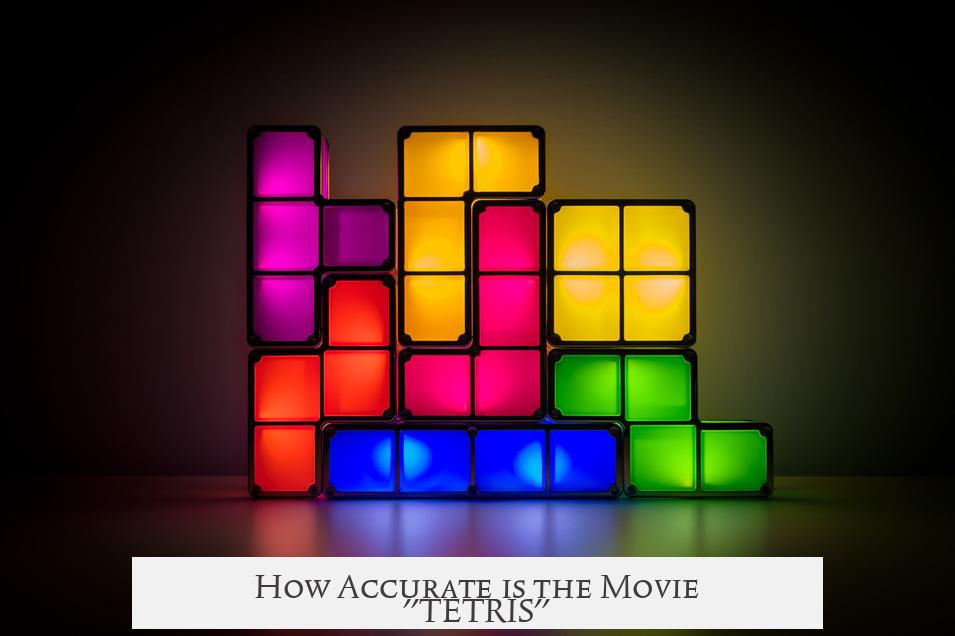
If you’re ready to dive into the neon-lit, eight-bit nostalgia of the Tetris movie, brace yourself for a tale that mixes truth with a hefty splash of Hollywood flair. The film weaves a dramatic story, but just how much of it stands up to the facts? Let’s shuffle through the blocks of history and separate the real deal from the fancy fiction.
The Real Sources Behind the Story
Before unpacking the film’s accuracy, it helps to know where the history comes from. The movie’s tale is based primarily on three well-regarded sources: Game Over by David Sheff, the BBC documentary Tetris: From Russia with Love, and The Tetris Effect by Dan Ackerman. These works speak directly to key players involved in Tetris’ creation and the rights saga. They rely heavily on court documents from Nintendo v. Atari Games, offering a detailed and pretty reliable account of the legal battles around Tetris.
Unfortunately, the film tosses in a pile of needless drama that isn’t supported by these records.
The Origins of a Block-Busting Classic
At the heart of the story is Alexey Pajitnov, a computer engineer working on an Elektronika-60 mainframe in the USSR. He aimed to recreate a puzzle game involving fitting shapes (pentominos) into a box. Due to technical limitations, Pajitnov simplified the shapes to tetrominos—four-block pieces. But this made the game too easy, so he added a real-time falling mechanic, where the shapes fall from the top of the screen into a well, creating the addictive challenge we now know.
The movie messes up a key detail here: it credits Henk Rogers with inventing the line-clearing feature during a visit to Pajitnov in Russia. Reality check? Even the original Soviet version had clearing lines. Without that, there’s no satisfying gameplay loop and no legendary Tetris Effect.
Though the game’s name sounds straightforward, it’s a clever mashup of “tetromino” and “tennis,” reflecting Pajitnov’s fondness for the sport.
Bittersweet Negotiations Behind the Iron Curtain
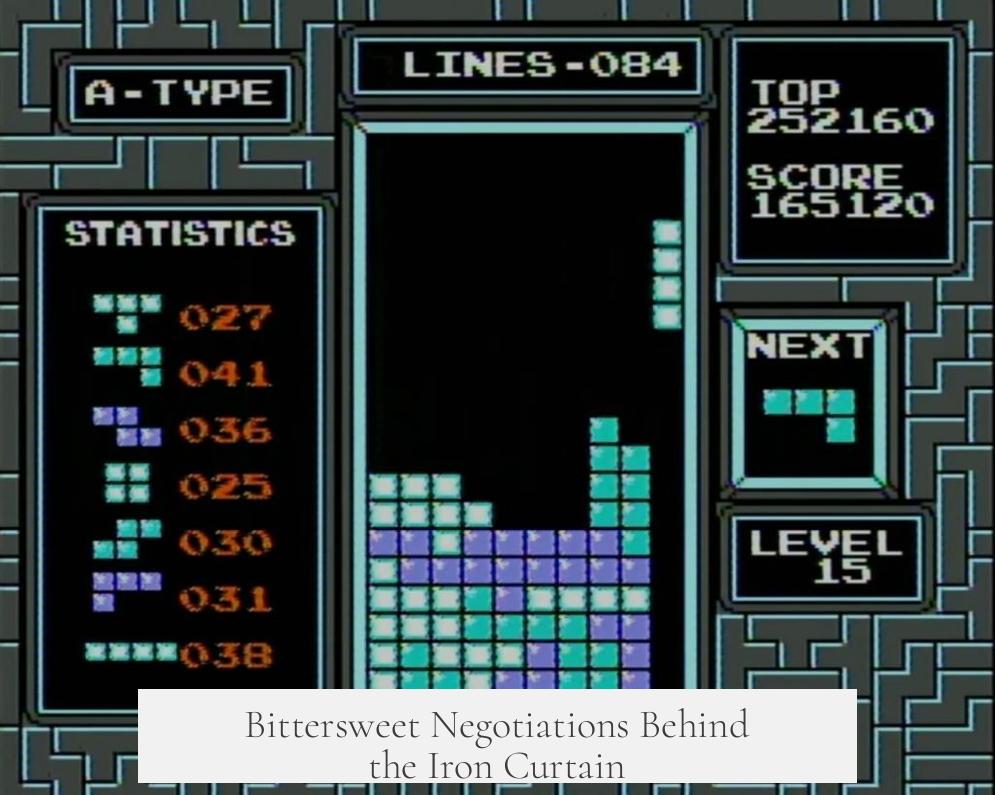
Now, the juicy part: how Tetris rights hopped across continents and companies like a pixelated block. The negotiations aren’t just complicated—they’re a full-on labyrinth.
The film tries to cram this story into a neat package, but there’s more happening behind the scenes than quick meetings and dramatic stakes. Robert Stein, an early rights holder, never got a clear legal agreement from the Soviet Academy of Science where Pajitnov worked. That vagueness led to wildly different interpretations. Stein licensed Tetris to Mirrorsoft in the UK, which oddly interpreted their rights as cover to sublicense the game across almost every platform imaginable—from IBM PCs to arcade games to consoles—even though ELORG (a Soviet agency that handled software rights) never intended that.
Once the legal mess came to ELORG’s attention, they jumped in to straighten things out. It’s no Hollywood-coordinated spy showdown; rather, Stein, Kevin Maxwell of Mirrorsoft, and Henk Rogers all found themselves in Moscow around the same time in February 1989—by coincidence, not design. In just two days, ELORG redefined the rights, which paved the way for the iconic Game Boy version.
Speaking of the Game Boy, Nintendo did make a trip to Moscow but after the complicated rights tug-of-war was settled. Henk Rogers had already impressed ELORG’s leaders and was acting as Nintendo’s go-between. Nintendo’s bigwigs showed up in late March 1989 to sign the deal without any dramatic car chases or cloak-and-dagger antics.
The Fiction That Hollywood Couldn’t Resist
The real Tetris story is ripe with twists, but Hollywood couldn’t stop itself from sprinkling in some over-the-top action and intrigue. The film amps up the role of the KGB as omnipresent shadow watchers during the negotiations. Reality? The KGB didn’t involve itself until after Robert Maxwell (a key figure tied to Mirrorsoft) stirred up trouble, escalating the situation to even Gorbachev.
The classic movie moment where Henk Rogers punches a KGB agent or is betrayed by a double-agent translator? Pure fiction. His translator, Evgeni Belikov, wasn’t selling him out, and there’s no documented fistfight with Soviet agents.
There are plenty of other little inaccuracies stacking up like a warped Tetris pile. For example, Rogers didn’t have a booth at the 1988 Consumer Electronics Show in the US, as Bullet Proof Software (his company) wasn’t operating in America then. He was actually hunting for games to import into Japan.
Adding to the mix, Rogers was not a programmer, so he didn’t lend a hand in converting Tetris to Game Boy. Atari Games barely gets a mention in the film, despite being a serious player behind the scenes—Nintendo’s efforts to secure the Tetris console rights partly aimed to squash Atari’s chances.
More Than Just a Game: Tone and Context
What about the overall vibe of the movie? It leans heavily into 1980s American stereotypes of the Soviet Union—gray, oppressive, and filled with espionage. That style is more propaganda than truth. The Tetris story happens during the USSR’s waning years, but it wasn’t a miserable gray morass. Life there was complex, with plenty of color beyond what the film shows.
Even the stakes of Tetris itself did not carry the Earth-shattering weight the movie hints at. ELORG had everything under control; it wasn’t a top national priority. The real story is a complex comedy of errors, corporate ambitions, and cultural differences. The film’s dramatization distorts this with a one-dimensional spy thriller that overshadows the genuine achievements.
Why Does It Matter? The Benefit of Knowing the Facts
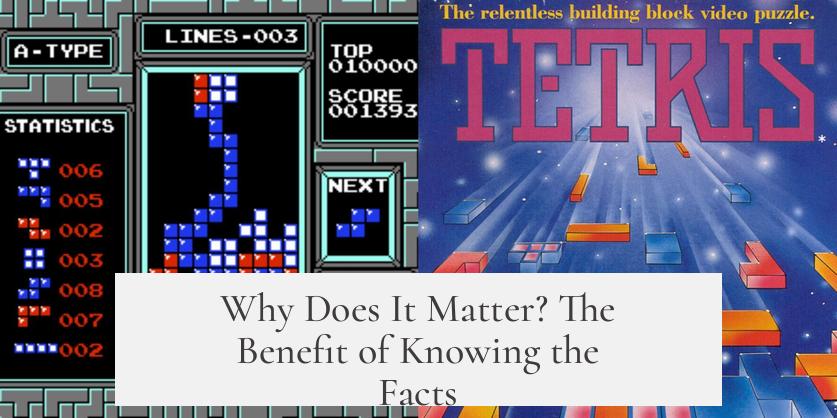
So, why does this inaccuracy debate even matter? Understanding the real story helps appreciate the mind-boggling achievement of Tetris as a cultural phenomenon beyond thrills and chases. It honors the creators, negotiators, and industry players who navigated a painful, tangled process to bring a simple, addictive game into global consciousness.
It’s thrilling enough that a Russian engineer designed a timeless puzzle game under tight technical limits, then watched it become a worldwide sensation. It’s compelling that negotiations unfolded amid Cold War tensions and complex international law. And it’s inspiring that friendships like Pajitnov’s and Rogers’ survived these wild waters.
A Final Block to Drop
In the end, the Tetris movie delivers a fun, fast-paced version of history, but it’s best taken with a grain of salt. Look beyond the Hollywood script, and you find a layered story of creativity, legal entanglements, and culture clashes. Those realities don’t need car chases to be fascinating. They show how a simple game can weave together people from vastly different worlds.
Next time you drop a Tetris block into the well, remember: Behind that colorful, falling shape lies a history more intricate than any game screen, a story that deserves credits just as high as their iconic lines clearing.
